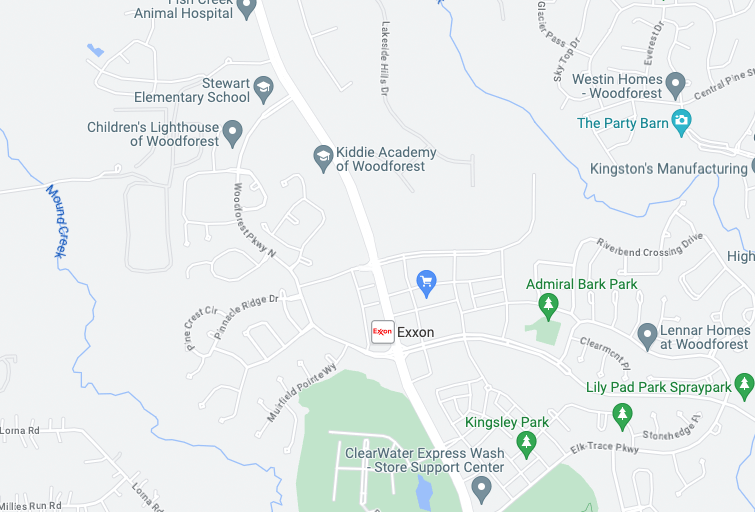Sedation Dentistry
Many children are afraid of the dentist, and this can lead to dental problems that may be difficult or impossible to fix later on. If your child is afraid of the dentist, sedation dentistry may be the answer. Sedation dentistry uses medications to help children relax and feel comfortable during their dental appointment. In some cases, sedation dentistry can even be used to calm very young children who are not yet able to sit still for a dental exam. There are several types of sedatives that can be used, but nitrous oxide (laughing gas) is one of the most popular options. Dr. Josh Morales is specially trained in providing pediatric sedation dentistry and uses only the safest and most effective sedation techniques.
What is sedation dentistry?
Sedation dentistry allows your pediatric dentist to provide a variety of dental treatments safely and comfortably for children who experience anxiety when visiting the dentist. There are several benefits to sedation dentistry, including:
- No memory of undergoing the procedure
- No sense of time while under sedation
- No sense of smell or sound
- No fear or anxiety during treatment
Levels of Sedation
Sedation dentistry is closely regulated by law, and there are three sedative states at which your child's dentist can administer treatment: mild sedation, moderate sedation, and deep sedation.
- Mild Sedation — Anxiolysis is the lightest form of sedation dentistry and is often used for children with mild anxiety, longer procedures, or more complex situations. Mild sedation is usually administered orally. Your child will remain awake or very sleepy throughout the entire procedure and will be able to breathe normally, but he or she will feel a great sense of relaxation. Patients typically recover from anxiolysis sedation within a few hours after the procedure is complete. Nitrous oxide inhalation (laughing gas) is another form of mild to moderate sedation that results in relaxation during treatment.
- Moderate Sedation — Used for patients with moderate dental anxiety and for patients who need longer or more complex procedures, conscious sedation often refers to the use of light IV sedation. With conscious sedation, your child will remain awake throughout the procedure, but will be in a deep state of relaxation.
- Deep Sedation — Patients receiving deep sedation go between consciousness and unconsciousness during their dental procedure. Patients often have no recollection of the treatment and are unable to respond to commands even if they are awake at times during the procedure.
How are sedatives administered?
- Inhalation — Nitrous oxide, or laughing gas, is the most frequently used method for easing mild to moderate anxiety. Recovery is quick so your child can resume normal activities immediately.
- Oral — An extremely common technique for dental sedation is oral sedation. It is easy and does not require the use of needles. Your child will be given a prescription pill which, taken about an hour before the appointment, will have your child fully relaxed by the time you arrive at our office.
- Intravenous (IV) Sedation — While not the right fit for every case, it can allow our younger and more fearful patients to "sleep" through dental treatment that needs to be completed before a trusting relationship can be developed between Dr. Josh and your child.
Please contact our practice to schedule a consultation, learn more about sedation dentistry, and find out which sedation dentistry method may be right for your child.
